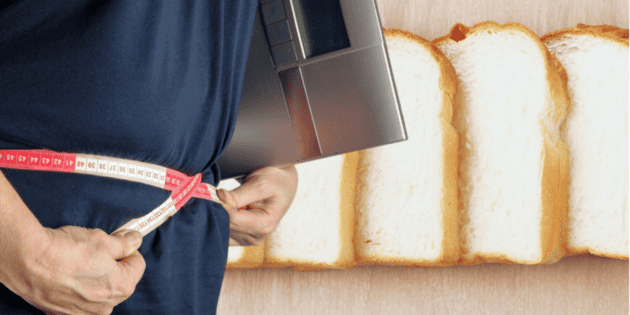Is it true that whole wheat bread is better than white bread?

The type of bread we choose has a direct impact on our health, according to experts. However, choosing the healthiest bread isn't a simple task, as there are many types of products available on the market. Knowing the difference between whole-grain breads, the popular sourdough, and ultra-processed versions can make a difference in our diet.
Why can ultra-processed breads be harmful?Most supermarket breads are made using the Chorleywood industrial method, which speeds up fermentation and improves texture, but at the expense of added emulsifiers, preservatives, and fats.
You may be interested in: Day of the Dead: What are the benefits of drinking marigold tea?These products are classified as ultra-processed foods (UPF), which have been linked to an increased risk of obesity, type 2 diabetes, and cardiovascular disease.
A simple rule nutritionists recommend is to avoid breads with more than five ingredients or with names we wouldn't easily recognize. If the bread contains additives like potassium bromate or added sugars, it probably falls into the ultra-processed category.
Is whole wheat bread really better than white bread?Yes. Unlike white bread, whole-wheat bread retains all parts of the grain—bran, germ, and endosperm—giving it a high fiber, vitamin, mineral, and antioxidant content.
Whole-grain bread helps maintain satiety, reduces blood sugar spikes, and is associated with a lower risk of heart disease. It can also contribute to body weight control thanks to its prolonged filling effect.
Check this out: Benefits of applying potato water to your hair and how to do itHowever, not everything that appears "whole grain" is: some breads with seeds or a brown color may be made with refined flour. Therefore, it's important to check the labels before purchasing.
What makes sourdough bread a healthier option?According to an article by the BBC, sourdough bread stands out for its slow fermentation process, which can last up to 36 hours. This method allows natural bacteria to break down complex sugars and proteins, making it easier to digest.
In addition, this type of bread helps maintain satiety for longer, helps stabilize blood sugar levels, and promotes a balanced gut microbiota.
Check out: Day of the Dead: What do the bones and balls in the bread of the dead mean?Its main difference from industrial breads is that it's made with only flour, water, salt, and a natural yeast, without additives or preservatives. For this reason, although it tends to be more expensive, its nutritional profile is superior and its flavor more authentic.
What is the best choice at the supermarket?It all depends on budget and availability, but the ideal is to opt for breads with few ingredients, preferably whole-wheat or sourdough.
If white bread is your favorite, researchers are already working on more nutritious versions that combine its flavor with the benefits of whole-grain bread, using alternative legume and grain flours.
In any case, checking labels and avoiding unnecessary additives can make a big difference in your daily diet.
Read also: These are the best sponges for washing dishes, according to Profeco* * * Stay up to date with the news, join our WhatsApp channel * * *
MB
informador




